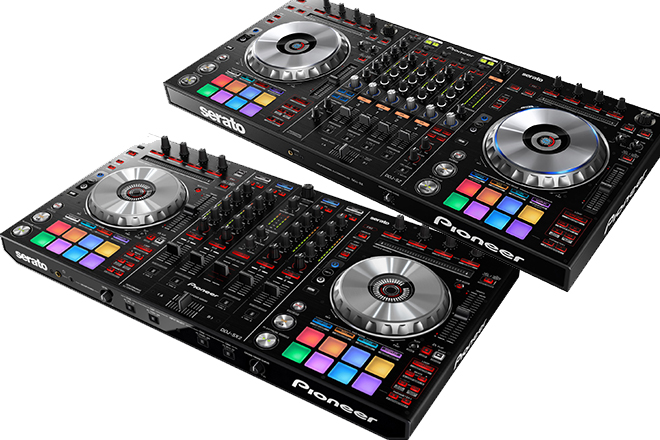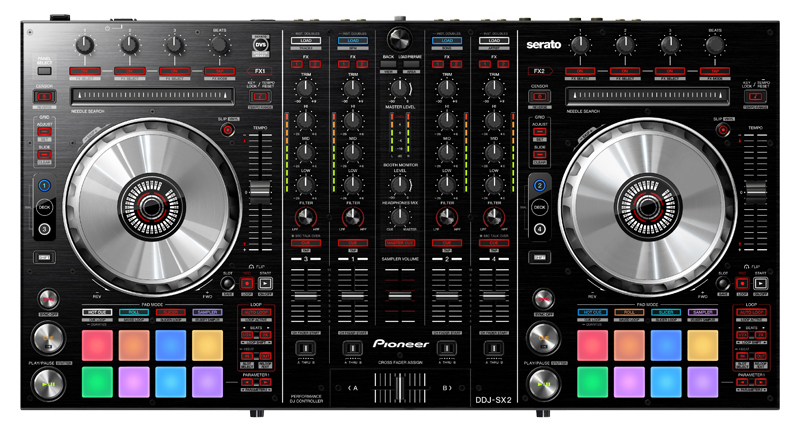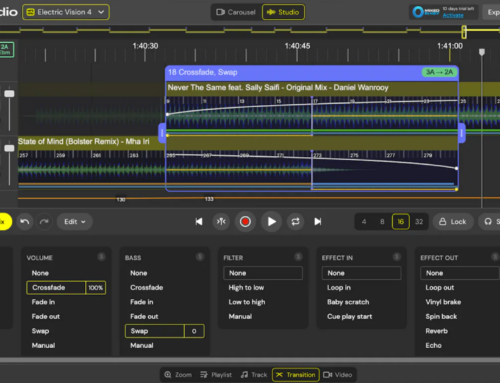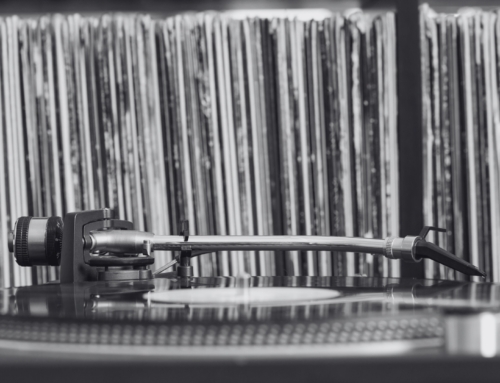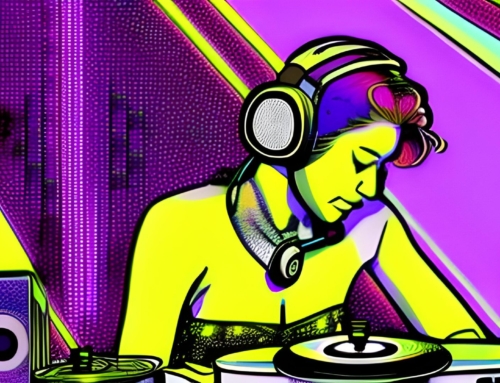When we attended the Winter Music Conference two years ago, we spoke with Pioneer, who promised something completely new and game changing. Not long after, the brand introduced its DDJ-SX model, but from that point, other gear has, frankly, been on par or eclipsed it.
Over the past year, that’s started to change. First, there was the DDJ-SX2, which added Serato Flip functionality to the DDJ-SX design. Then, the DDJ-SZ evolved everything forward with a bigger design that doesn’t skimp on functions – not the mixer, not the jog wheels, and not the effects. Essentially, what Pioneer has created could be something that’s as lasting as the CDJ.
Despite the number of models on the market, controllers continue to have a reputation as the “lesser” DJing medium, as software and a computer are involved. True DJs, they say, use vinyl or a CDJ – some physical form of music. However, because of the construction, capabilities, and quality, the DDJ-SZ could give controllers the legitimate status they deserve.
What puts these two models in an entirely new class?
The Design
Pioneer has said it intends to match the CDJ-2000NXS in design and capabilities to provide something that’s both intuitive for mixing and beyond sufficient for scratch performance.
As a result, the DDJ-SZ is larger. Although this aspect alone isn’t enough to outrank the competition, what Pioneer does within that framework is. First off, the controller is 35-percent bigger than the DDJ-SX, and Pioneer took that opportunity to incorporate more and expand upon existing features.
The jog wheels pretty much surpass anything you’ll find. These full-size, 8.1-inch wide illuminated wheels are some of the most responsive and smooth out there. The DJ gets all the standards – illuminated cue point markers, the playback status, position, and countdown features, for starters – but what makes this a must for professionals is the adjustability. It’s kind of a downer to settle for a certain tension – something every DJ has had to do with a controller – but this aspect lets you customize the resistance anywhere from light to heavy. You perform with whatever makes sense and suits you.
Aside from this, the DDJ-SZ and DDJ-SX2 are both very visual devices. The backlit performance pads, for instance, give the user a clear visual reference to the mode you’re in and correspond with cue points in Serato DJ, with an option for customization.
The DDJ-SZ, too, comes with dual USB ports, offering the DJ the option of connecting two laptops or other music sources for effortless transitioning.
You’ll also get Magvel faders, designed with a contact-free magnetic system that’s better for long-term usage.
The Capabilities
What’s particularly different is that the DDJ-SZ comes with a built-in high-quality mixer with a good number of controls and effects, like the Sound Color Filter for dynamic arrangements.
The DJ, rather than dealing with something good but not quite there, gets to use a fixture similar to Pioneer’s DJM series. As a result, the device can be used in conjunction with the controller or separately as a four-channel mixer for outboard players and turntables. In fact, this model comes with Digital Vinyl System (DVS) support, while the DDJ-SX2 is DVS upgrade ready.
The Sound
So, what are features when the sound’s kind of middling? Pioneer’s made sure you’re getting the most bang for your buck by adding a low-jitter clock and digital-to-analog converter for playback. The DDJ-SZ further includes a 24-bit digital signal processor, which helps lessen digital noise.
Serato and Traktor Integration
The DDJ-SZ was clearly built to work with Serato. Integration is seamless, with the software and controller lining up perfectly. As Serato is turning into the dominant DJing software, having a controller that matches without issue is a must – there’s, really, little room for making compromises when you’re at this level.
The DDJ-SX2 stands out similarly for its integration of Serato Flip, Serato DJ’s expansion pack. The controller essentially gives you the power to record and replay hot control sequences. Pioneer designed the controller with three dedicated buttons – Record, Start, and Slot – that let you store up to six sequences.
What’s more, and what’s also pretty important, is Traktor integration. Both work in some capacity with Traktor Pro 2, and while the alignment isn’t perfect, this aspect means neither device is solely a Serato controller. If you’re a die-hard Traktor user and want the high-level of quality and features Pioneer put into these controllers, you’ve pretty much got it.
Essentially, unless Pioneer puts out something that trumps the DDJ-SZ over the next year, it seems that controller DJs have finally found their gear paradigm: Something designed with the quality of the definitive CDJ but with all the features needed for DJing in modern times.
Can you say the new Pioneer DDJ-RZ & DDJ-RX. WOW!

